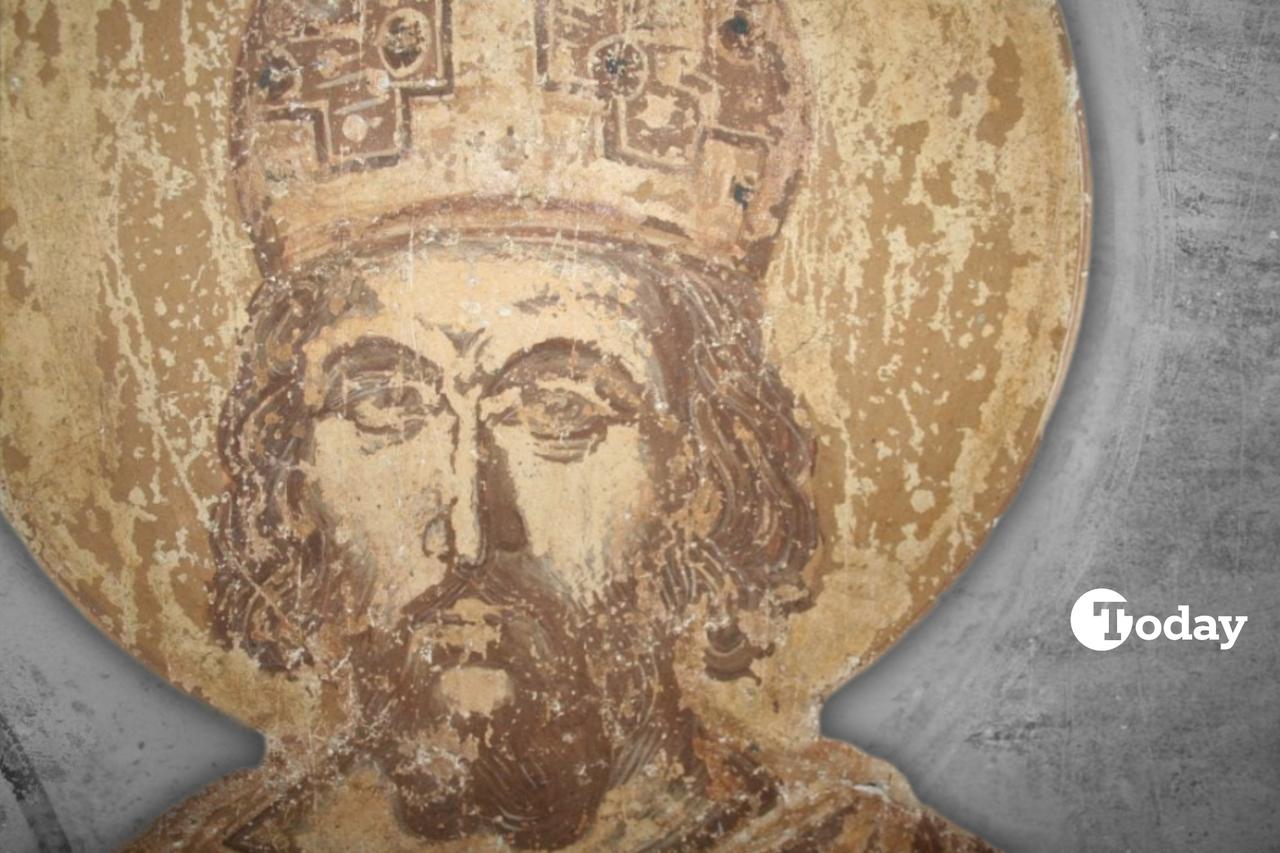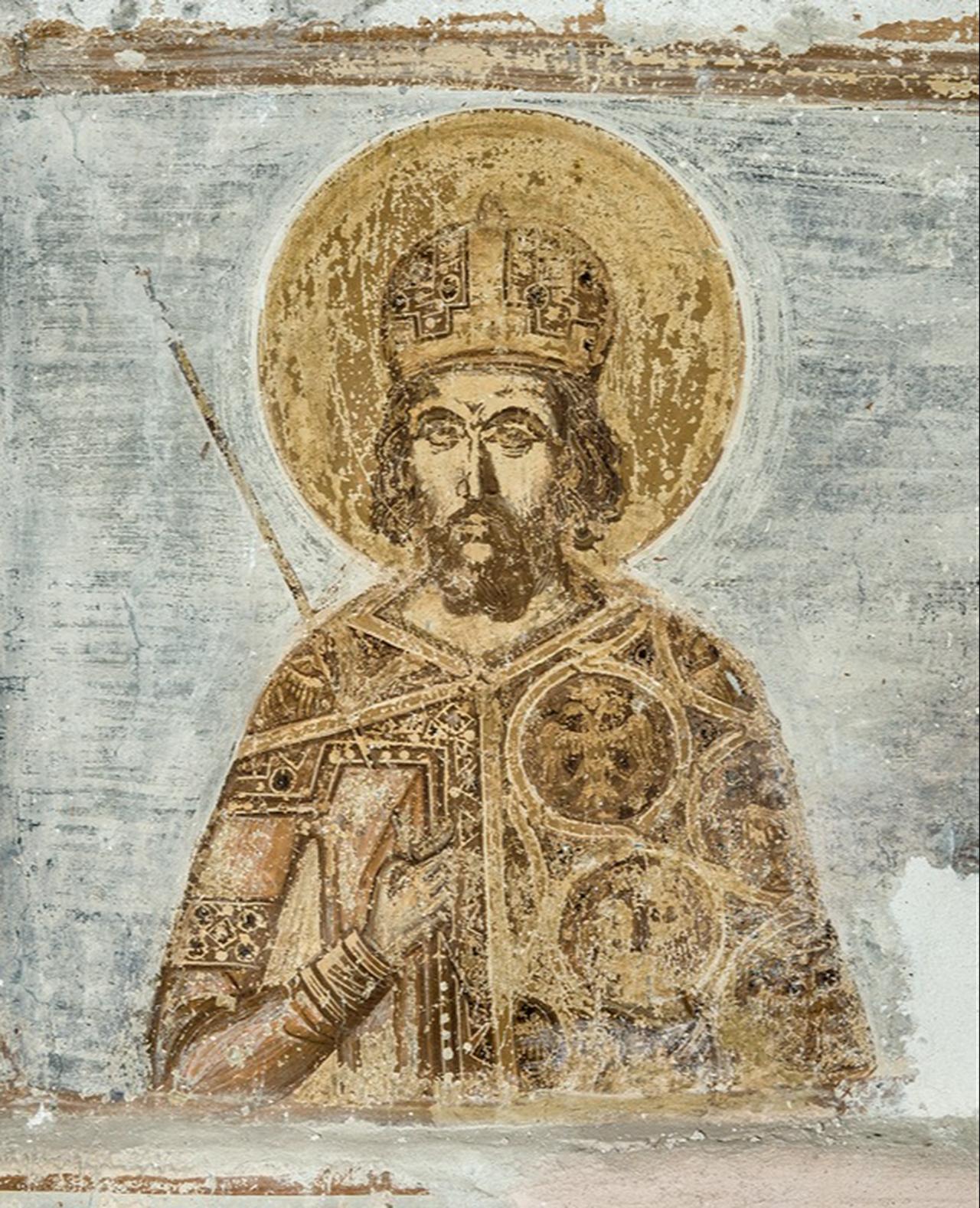
The conquest of Constantinople in 1453 marked the end of the Eastern Roman (Byzantine) Empire. While Ottoman ruler Mehmed II, known as Mehmed the Conqueror, later adopted the titles Kaiser-i Rum (Caesar of Rome) and Basileus (Greek for emperor), the last emperor of Byzantium was Constantine XI Palaiologos.
His death on the day of the conquest remains one of history’s most debated mysteries, with accounts varying widely between Ottoman and European sources.
According to the most widely accepted records, the city was taken on May 29, 1453, during the Islamic calendar year 857, in the month of Jumada al-Ula.
The conquest took place early in the morning, before noon. Still, some accounts dispute this timing, reflecting the wider uncertainty surrounding the entire event.

Ottoman chroniclers presented a variety of narratives. Some described the emperor fighting on horseback near the Topkapi Gate before dismounting and engaging in street combat until he was killed. In another version, he was struck down, rose to fight again, and was fatally wounded a second time. Other stories suggest he was trampled by retreating Byzantine soldiers or fought until his last breath with a mace in hand.
Several accounts agree that his head was severed. In some, it was displayed in Istanbul, embalmed, and sent to Anatolia as a victory symbol. One account notes that Sultan Mehmed reportedly kissed the severed head in recognition of the emperor’s bravery before sending it to the Patriarchate. Others claim his head was buried near the altar of Hagia Sophia in a silver case, while yet another story says the soldier who presented the head to Mehmed was rewarded with governorship in Anatolia.

Western accounts added further layers of myth and legend. One common view is that his body was never found and instead buried in a mass grave with other soldiers. A more spiritual legend claimed that as the Turks entered the city, Constantine’s soul was overcome with anguish, and a divine messenger carried him to heaven, leaving his body turned to marble. According to this tale, the "Marble King" lies dormant in a golden-gated cave, waiting to awaken when Christians retake the city.
This myth inspired generations of Greeks, particularly during the Ottoman wars in Greece in the 18th century and the Balkan conflicts of the 19th century. Another unusual account states that in 1834, the Russian envoy in Istanbul, Ahmed Pasha, presented the Russian Tsar with Constantine’s jewel-encrusted sword, said to have been taken from his tomb.
What is certain is that Constantine XI Palaiologos died during the conquest of Constantinople on 29 May 1453. Some stories portray Constantine XI as a warrior who fell in battle, while others depict a tragic end lost among retreating troops.
Whether his remains were displayed, buried in secret, or transformed into legend, the last Byzantine emperor’s death has remained an unsolved puzzle for nearly six centuries.